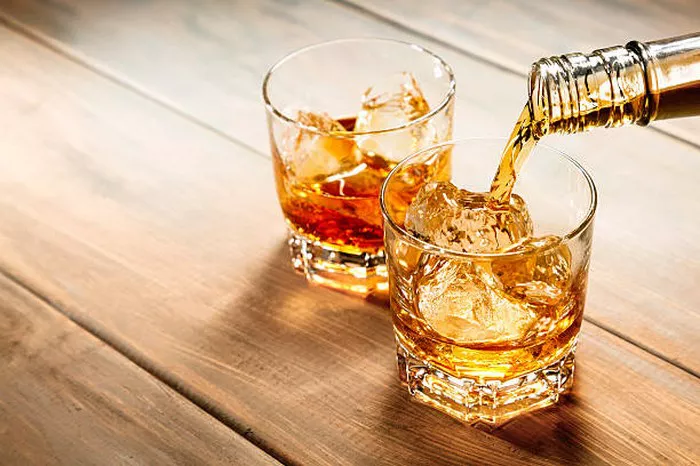The global spirits sector continues to recover from the pandemic, Russia’s invasion of Ukraine and the cost of living crisis. The decades-long premiumisation trend also “weakened significantly” in the first half of 2023 as consumers tightened their spending, according to IWSR Drinks Market Analysis.
In the first six months of 2023, consumption of premium and above spirits reversed compared to the same period in 2022 in markets such as Brazil, Colombia and the UK. The IWSR also noted volume declines in premium-plus cognac and armagnac, driven by a double-digit decline in the US, despite cognac’s recovery in China. However, premiumisation continues in Asia, with high-end baijiu performing well in China and markets such as India, the Philippines and Thailand showing ‘dynamic growth’ in high-end spirits consumption.
During the financial crash of 2008-09, consumers traded down to value products, but premium-plus offerings proved resilient, the IWSR said. “Despite the overall downturn, there are still signs of premiumisation in H1 2023, particularly in spirits and beer,” said Emily Neill, chief operating officer research, IWSR.
In terms of category performance, Spiros Malandrakis, Head of Research – Alcoholic Beverages, Euromonitor International, says tequila is “likely to continue to lead the race, even in the face of headwinds”. Spirit-based ready-to-drink (RTD) products “have the potential for massive momentum”, says Malandrakis.
The RTD category is also booming, with an estimated value of US$40 billion across 10 key markets by 2027. Spirit-based RTDs are leading the category’s growth and the US and Japan will remain the sector’s leading markets.
Meanwhile, gin, which has struggled in the UK, has the potential to grow in Europe and emerging markets, he adds. “Whisky is growing in emerging markets and doing well in India.” However, Malandrakis notes a “gloomy outlook” for cognac due to economic pressures.
“The alcohol industry is under immense pressure,” he warns, adding that the on-trade is “missing significant volumes” and is behind pre-pandemic levels as drinkers have less disposable income and switch to home consumption. He expects the gap between the on-trade and off-trade to widen, with the off-trade growing. According to IWSR data, the global on-trade will account for 29% of total beverage alcohol volume in 2022, down from 35% in 2019.
Looking ahead, volumes of super-premium-plus agave spirits in the US will grow around twice as fast as whisky between 2022 and 2027, the IWSR said, meaning the sub-category will have grown fivefold in a decade.


